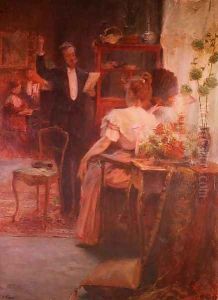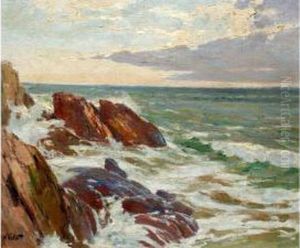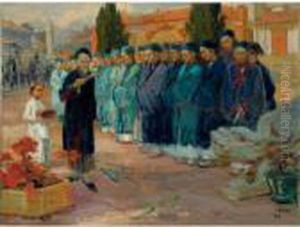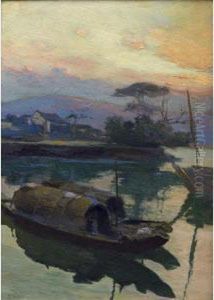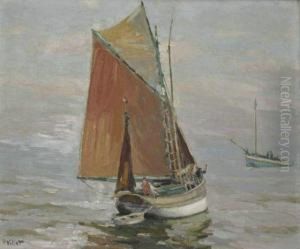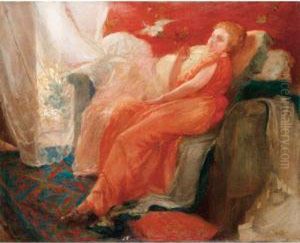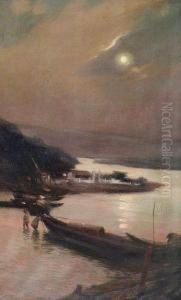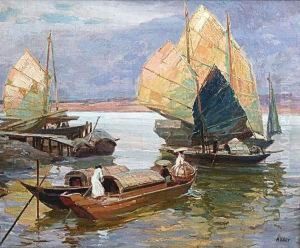Henry Emile Vollet Paintings
Henry Emile Vollet, also known as Henri Émile Vollet, was a French painter and engraver born in the year 1876. His artistic journey blossomed during a period rich with innovation and the emergence of new art movements such as Impressionism and Post-Impressionism, although not much is widely known about his personal life or artistic training.
Vollet's work was primarily focused on landscapes, cityscapes, and maritime scenes, capturing the essence of French rural and urban life in the late 19th and early 20th centuries. His style was characterized by a delicate use of color and light, often reflecting the influence of the Impressionist masters, although he maintained a distinct personal touch in his compositions.
During his career, Vollet exhibited his work at several salons and galleries, gaining recognition among art collectors and the public. His engravings and paintings were appreciated for their attention to detail and the atmospheric quality he was able to imbue in his depictions of everyday scenes.
Despite his contributions to the French art scene, Henry Emile Vollet did not achieve the same level of fame as some of his contemporaries. However, his works continue to be of interest to collectors and historians who are fascinated by the less-celebrated artists of his time who also captured the spirit of an era.
Vollet's death came in 1945, at the end of the Second World War, a period that saw a significant shift in the art world with the rise of modern and abstract movements. While he may not have been at the forefront of these transformations, Henry Emile Vollet's paintings and engravings remain as a testament to the enduring quality of traditional landscape and cityscape art in the face of changing artistic trends.
